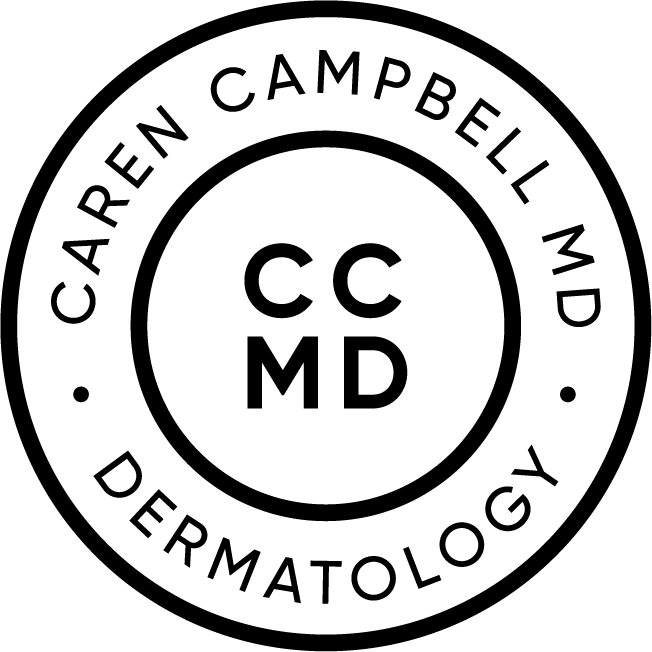Scars
What is a scar?
Scars are part of the natural healing process of the skin when it is injured. Scars are not as strong as normal skin and can stretch and spread. Scars can also become red and raised up above the skin. They can become light or dark in color. Treatment options are available to improve the appearance of scars.
How do I treat a scar? How do I prevent a scar?
Unfortunately, it is not possible to injure the skin and not have a scar, but you can take steps to ensure your scar looks as good as possible. Most importantly, protect wounds or surgical sites from the sun with a bandage, steri-strip, or sunscreen. Consider covering the scar with steri-strips oriented across (perpendicular to) the scar for the first month after the injury or the surgery. The after the first month, cover the scar with a single steri-strip oriented along (parallel to) the scar or consider starting to use silicone scar pads can be cut to fit the area and worn at night. Steri-stips and scar pads help reduce tension on the scars and the occlusion/compression from the scar pad can help prevent the formation of a hypertrophic scar or keloid. Steri-strips and silicone scar pads are available online or at your local pharmacy.
What do I do if my scar is itching and becoming raised?
If the scar is becoming thickened or raised, you can gently massage the scar for a few minutes twice a day with Vaseline or Aquaphor. If after several months, the scar continues to itch or becomes raised, schedule an appointment for evaluation with Dr. Campbell as we may consider steroid injections to improve the scar
What can be done to improve the appearance of scars?
Once a wound has healed and the scar is fully formed, a number of treatment options are available to improve the appearance of scars.
Sun avoidance and protection continues to be important to help fade any discoloration in a scar. For thickened scars or keloids, a series of cortisone injections can be performed to help flatten the raised or itching scars. Lasers and micro-needling can be used to creates small injuries to the scar eliciting new collagen and elastin formation and remodeling of the scar. If you scar is red, a series of pulse-dye laser treatments can help reduce the redness of the scar. Traumatic tattoo scars, those containing foreign materials like asphalt, can be improved with a series of picosecond laser treatments. Surgical excision is another option, but not every scar is the same and treatment options clearly vary. You should consult with Dr. Campbell on your best options.

